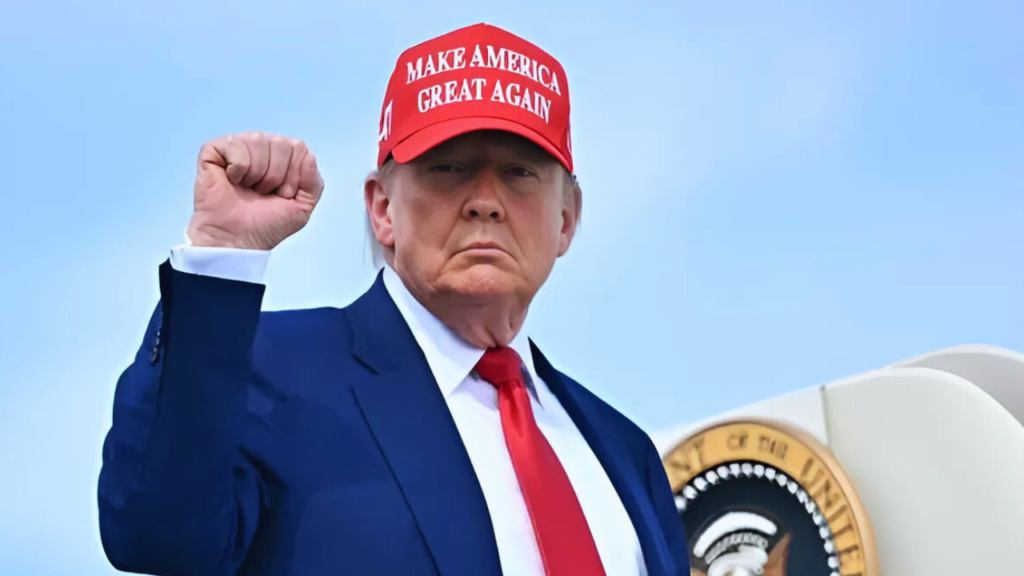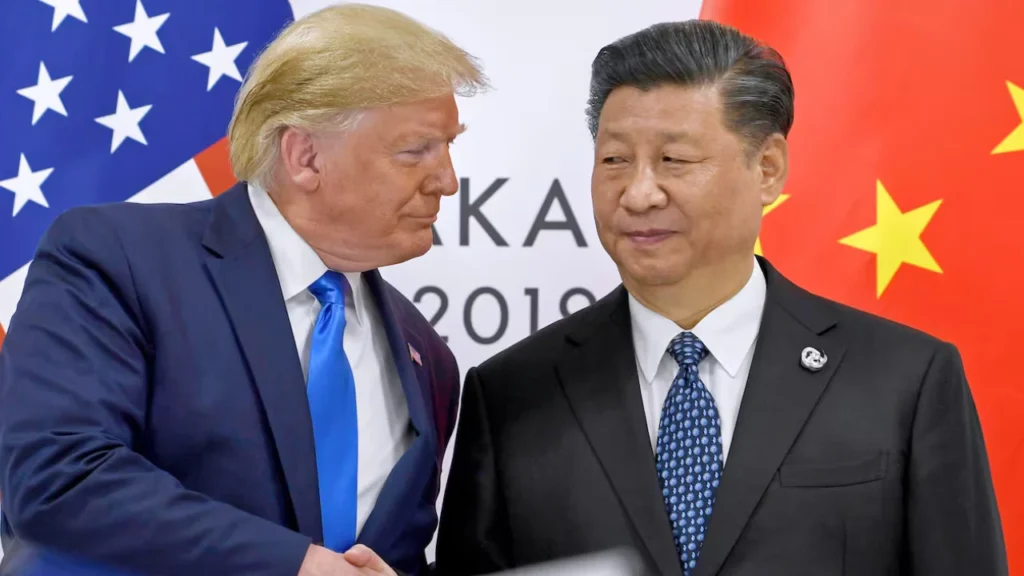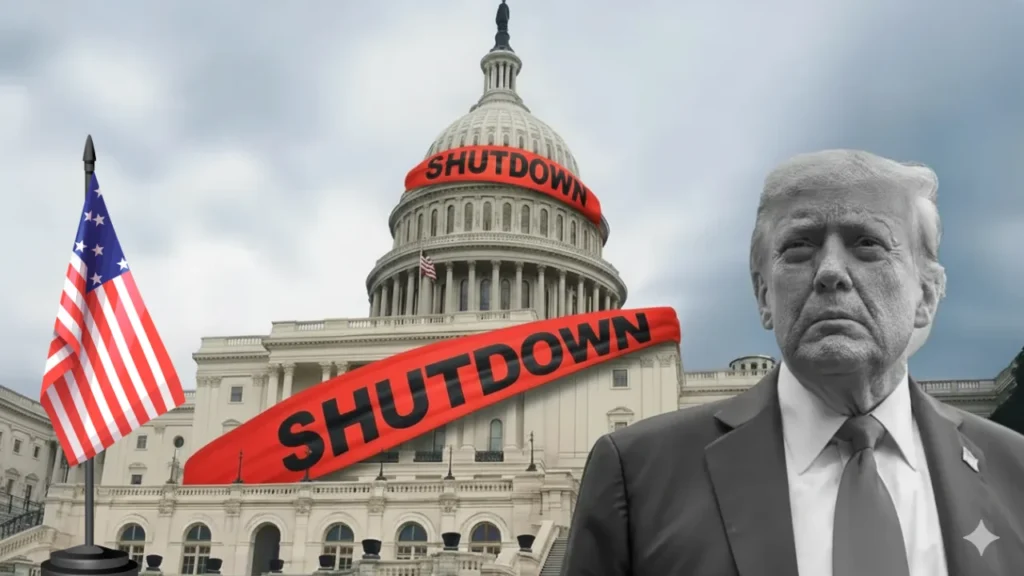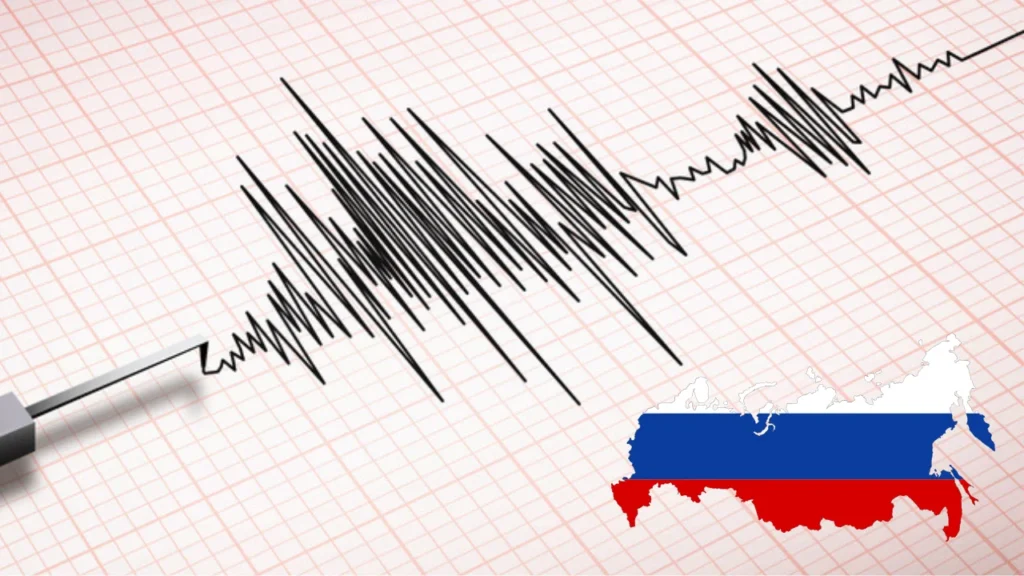On June 23, U.S. President Donald Trump declared that a “complete and total” ceasefire had been agreed upon between Israel and Iran, effectively ending the 12-day war. Trump hailed the announcement as a major diplomatic achievement. However, Tehran has firmly rejected his claim, emphasizing that no official truce has been reached and hostilities may continue if Israel does not first halt its strikes.
The Surprise Trump Declaration
Speaking from the White House, Trump stated that both sides had approached him, seeking a de-escalation plan brokered through Qatar. He announced an agreement for Iran to stop its missile and drone attacks at 4 a.m. Tehran time, with Israel expected to follow 12 hours later. Trump described this as a historic breakthrough, crediting U.S. pressure and mediation efforts.
He praised both nations for showing restraint and suggested the truce could lead to a long-term ceasefire. White House officials said the arrangement validated Trump’s aggressive military strategy, including U.S. airstrikes on Iran’s nuclear sites.
Iran Denies Any Agreement
Within hours, Iran’s Foreign Minister Abbas Araqchi abruptly rejected the claim, tweeting that no agreement had been reached. He stated that Iran would suspend its attacks only if Israel first ended its aggression by the agreed deadline. Araqchi emphasized that the decision to stop military operations remains conditional and a unilateral ceasefire is not an option.
Post-Announcement Exchanges
Despite Trump’s claims, further violence erupted early June 24. Screens lit up with missile alerts over Israeli cities, including Beersheba and Tel Aviv, and rockets killed at least three civilians. Iran’s head of the Revolutionary Guard declared that attacks would end only once Israel’s strikes ceased—reinforcing Tehran’s position that conditional terms override Trump’s unilateral announcement.
At the same time, Israeli air defense systems remained active, and Israeli officials did not formally confirm any ceasefire. Instead, both sides appeared to be responding to evolving military activity rather than a formal pause order.
Why the Confusion?
- U.S. Credited as Peacemaker
- Trump credited U.S. involvement and Qatar’s mediation in bringing both parties to an understanding. He framed it as validation of his military escalation campaign, especially the recent strikes on Iran’s nuclear infrastructure.
- Conditional Truce Not a Formal Treaty
- Iran’s position highlights that any ceasefire is conditional—dependent on Israel ceasing its strikes. Because both sides agreed only to halt attacks if the other complied, Iran insists no formal truce exists yet.
- Ongoing Military Tensions
- Despite Trump’s call, both nations continued low-level combat operations, including missile salvos early Tuesday. These actions undermined claims of an immediate, mutual cessation.
Global and Regional Reactions
World powers are divided in their responses:
- U.S. officials praised the announcement as a diplomatic success and linked it to Trump’s broader foreign policy.
- Iran’s leadership, including Parliament, emphasized vigilance—threatening further strikes until Israeli aggression ceases.
- European leaders have remained cautious, urging diplomacy while Israel and Iran maintain military readiness.
- The U.N. and Gulf nations such as Qatar are calling for a durable ceasefire, emphasizing civilian protection and regional stability.
What Happens Next?
- Diplomatic efforts: Trump suggested he might deploy U.S. envoys to Iran to negotiate a longer-term deal after the truce conditions are met.
- Military readiness: Both nations urged vigilance. Iran retained the right to strike if Israel failed to comply, while Israel remained on alert for new Iranian missiles.
- Humanitarian concerns: With hundreds killed during the conflict and regional civilian evacuation underway, global agencies warn that sustained violence could provoke a wider crisis.
A Tentative Pause, Not a Peace
President Trump’s declaration of a ceasefire ended one chapter of the 12-day war, but without mutual agreement, it remains tenuous. Iranian officials and ongoing exchanges of fire show that this is more of a pause in the chaos, not a formal end. Diplomatic progress hinges on whether both nations can move from conditional tolerance to a shared decision to halt hostilities—something the U.S. is now trying to achieve.



















